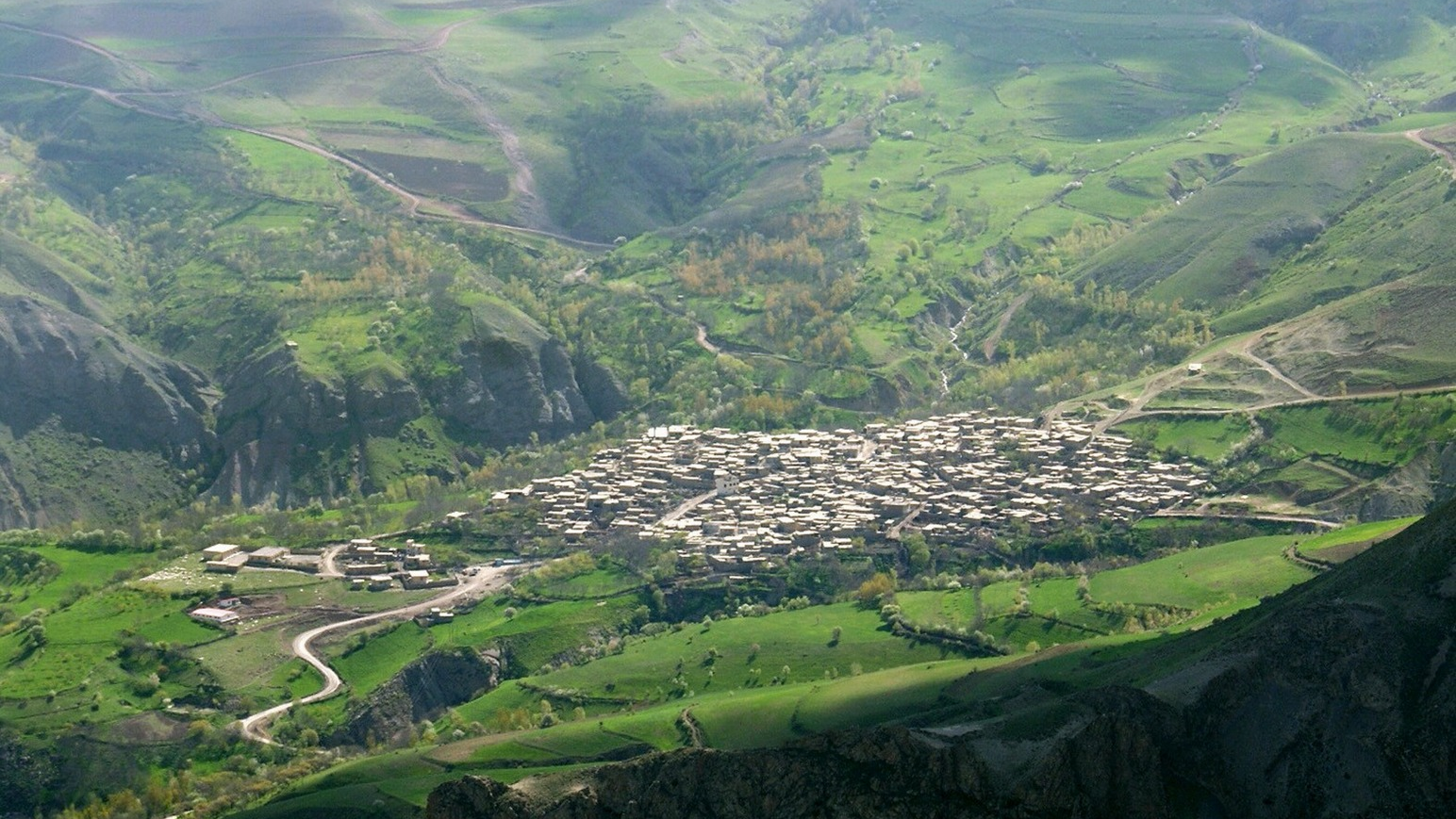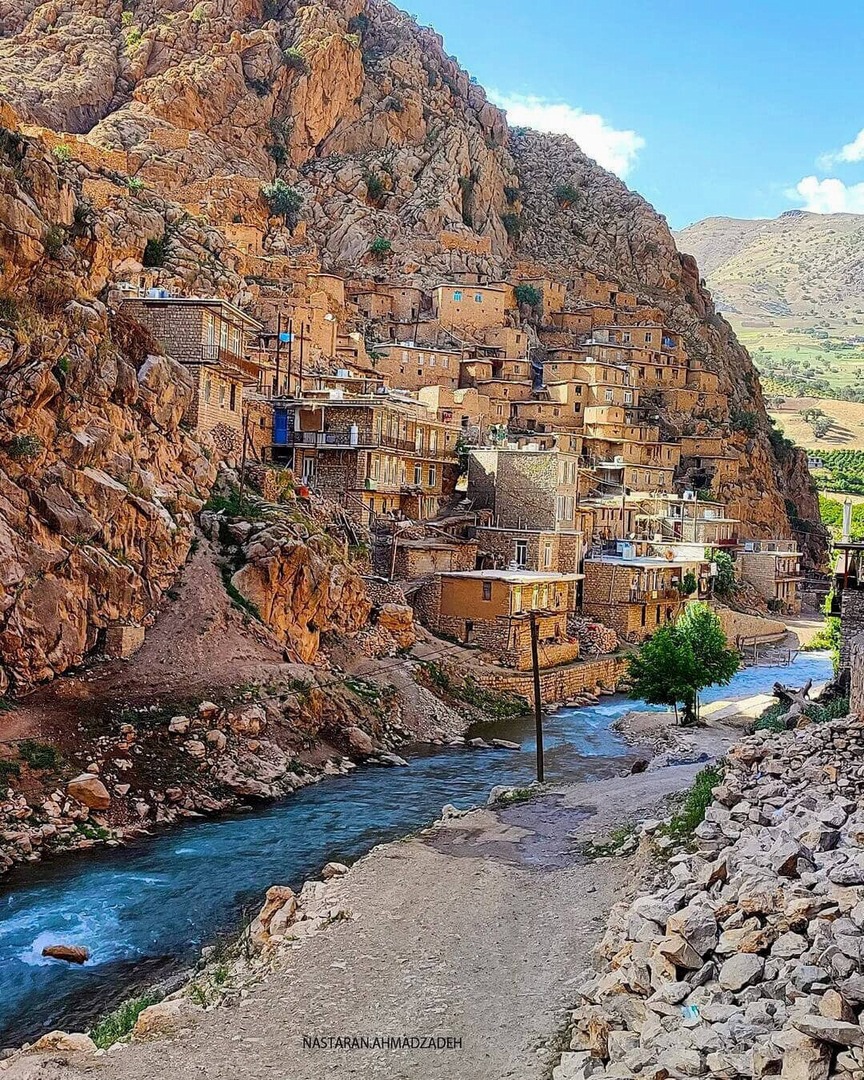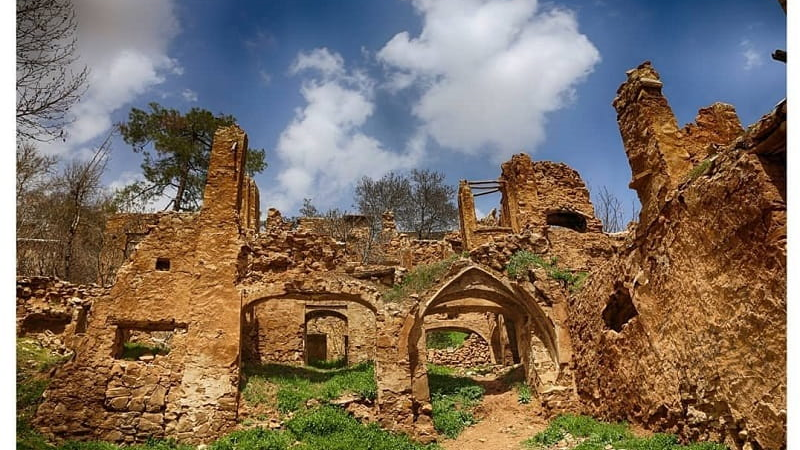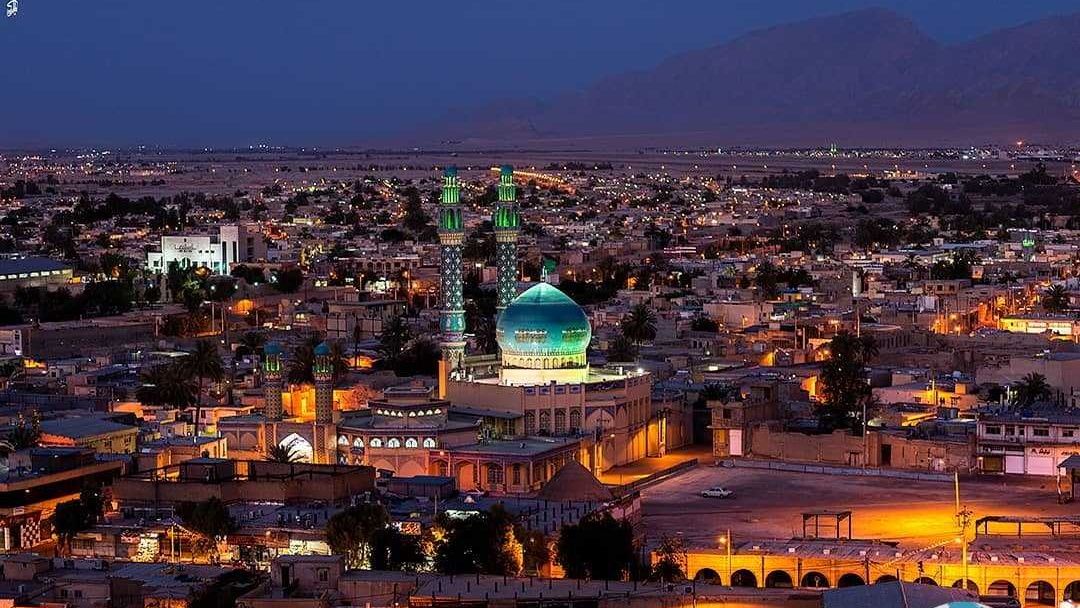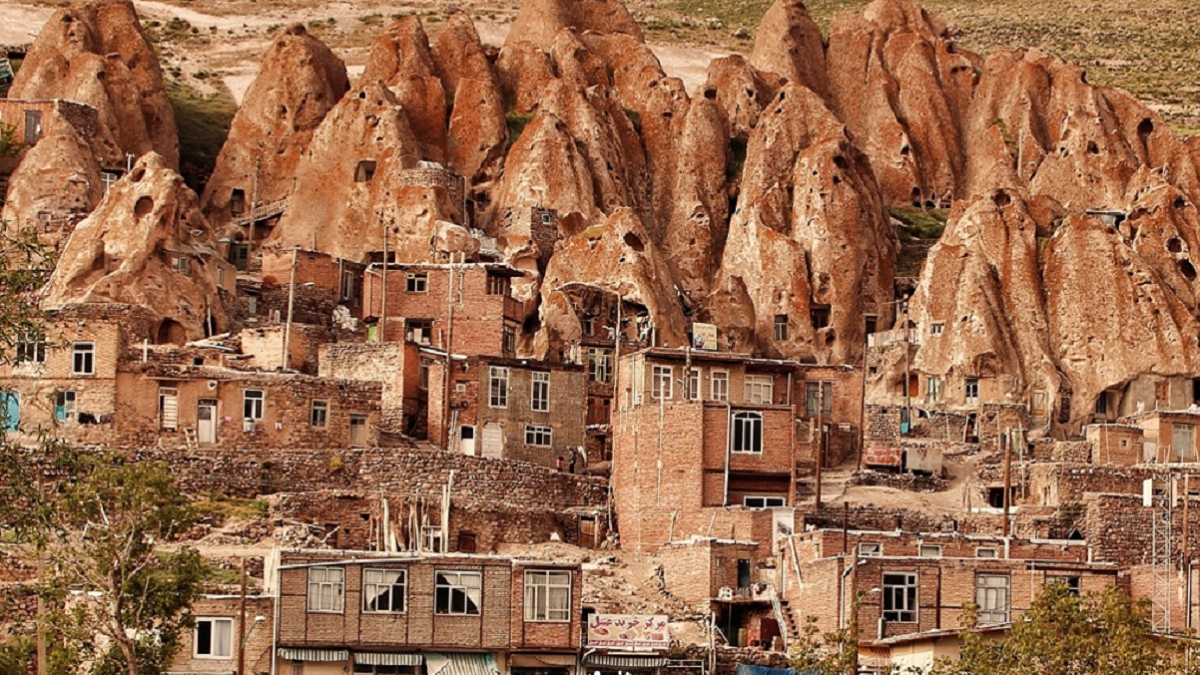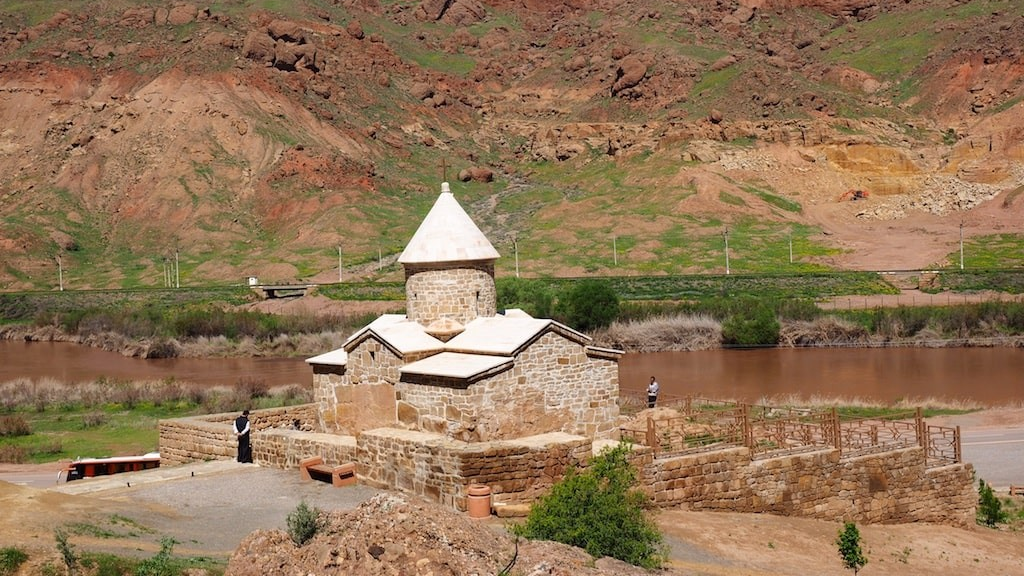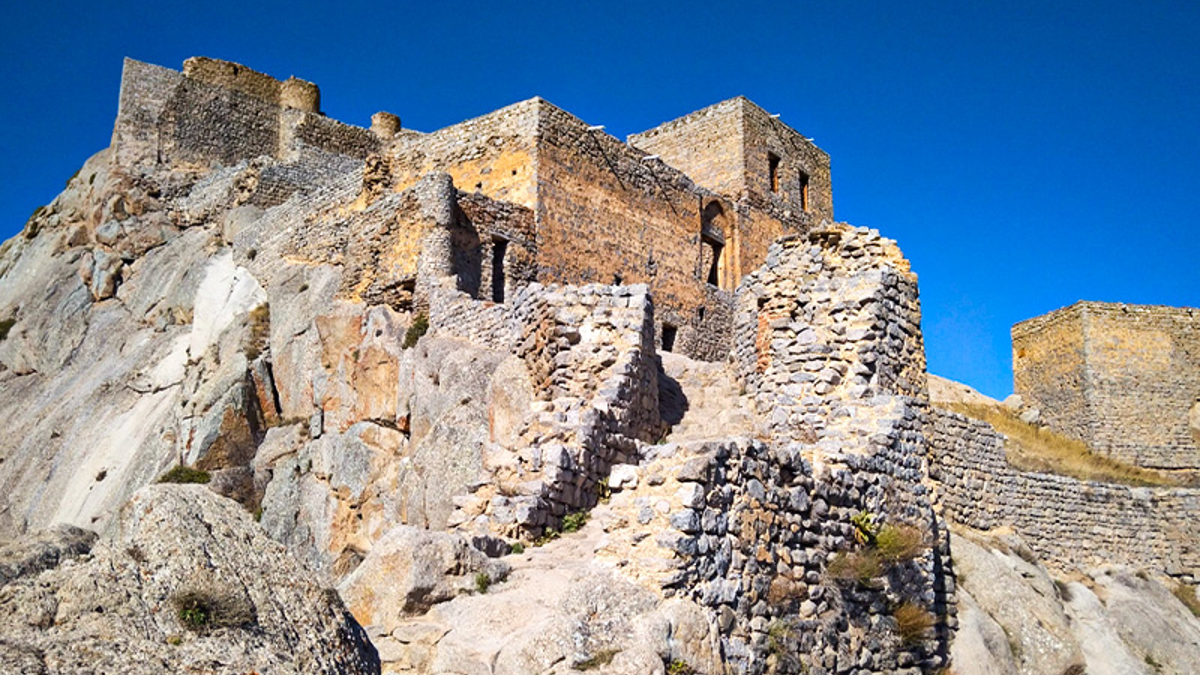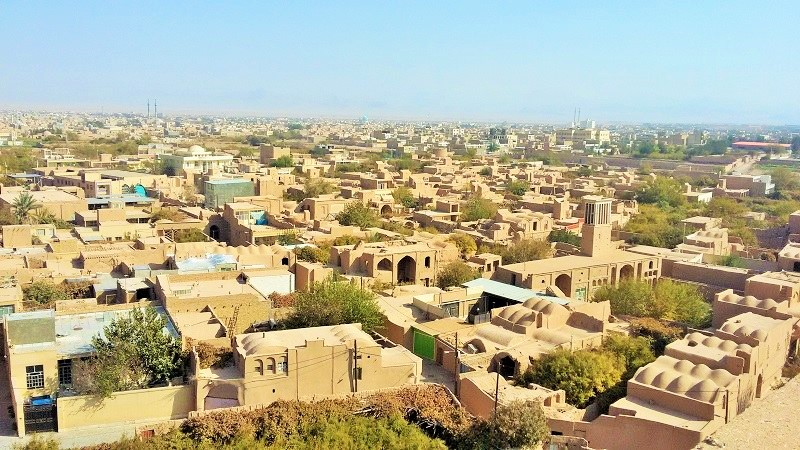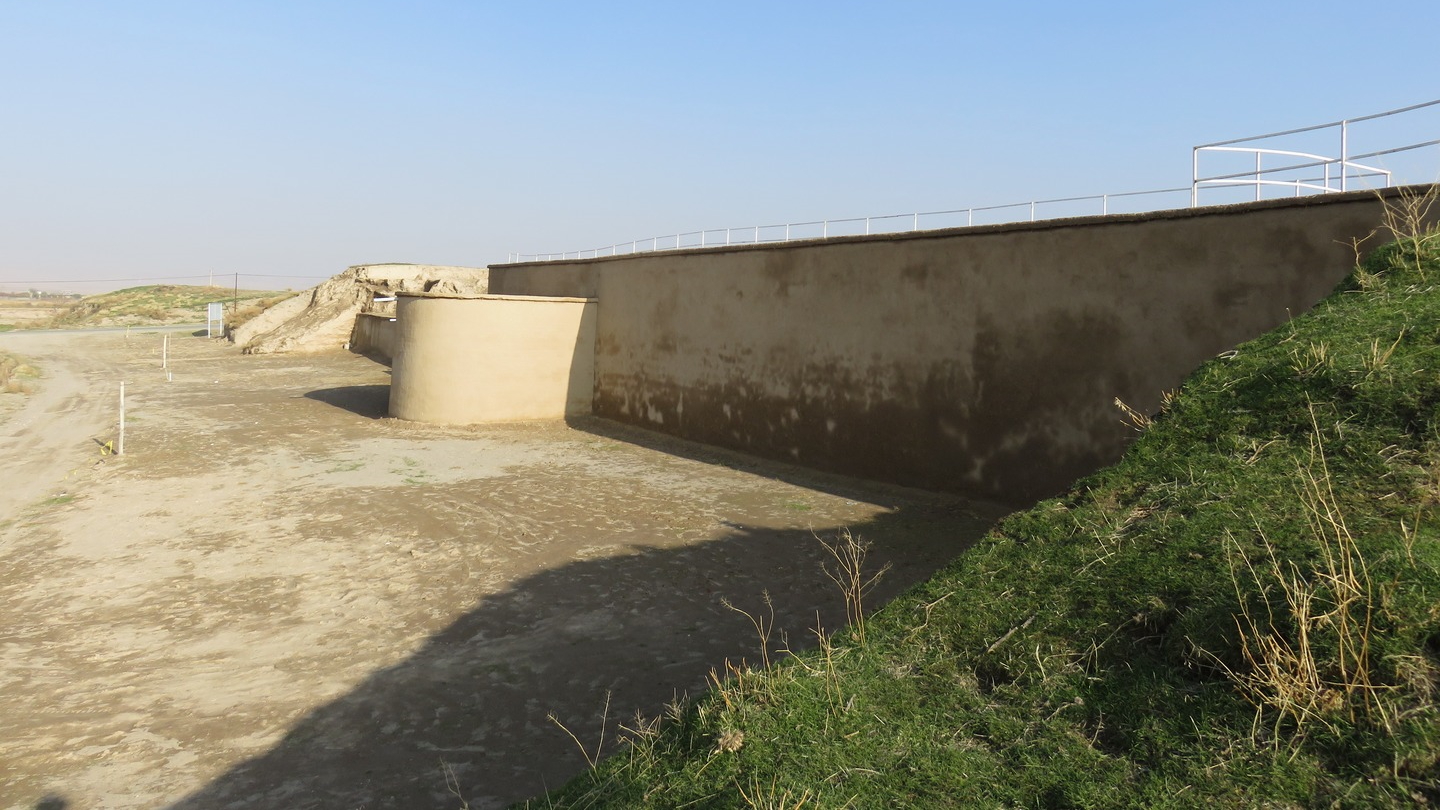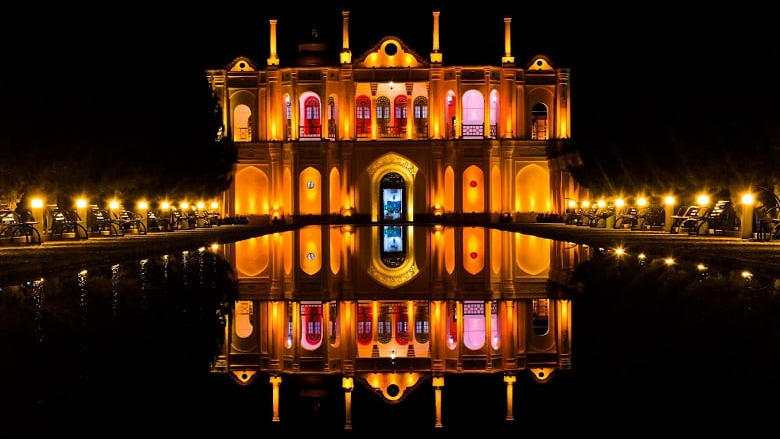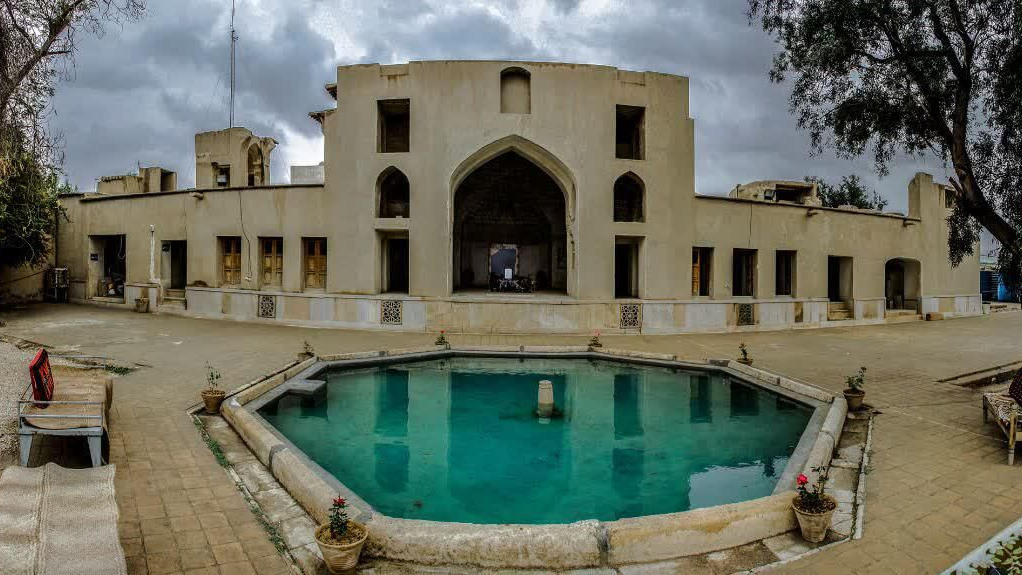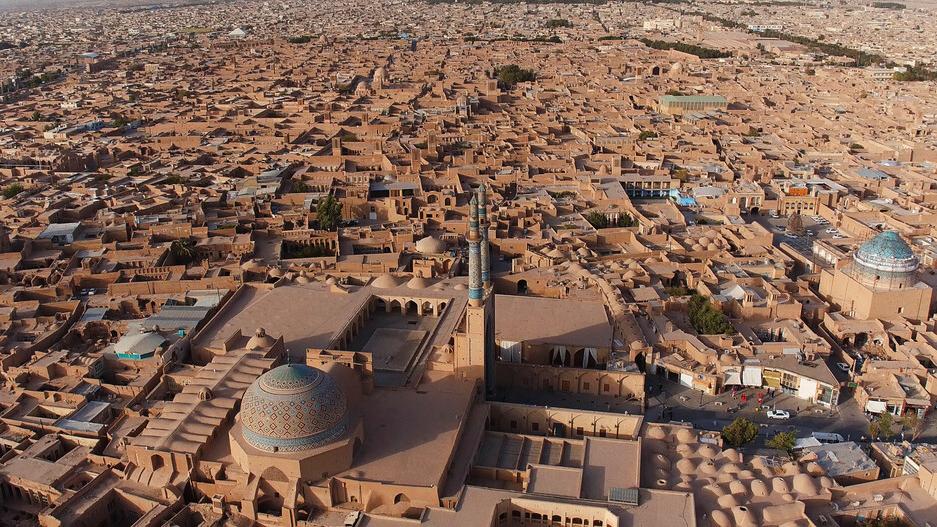
Tall-e Bakun Prehistoric Site
There are many areas in the ancient land of Iran, which has been a habitat to human beings since the prehistoric era (5500-4100 BC), that reveal unique and valuable information about the past inhabitants of this land. The ancient site of Tall-e Bakun, which is located 1.5 km south of Persepolis, is one of these areas.
Several archeological explorations have been done in this area in which valuable artifacts were obtained reflecting some parts of the lifestyle of prehistoric Iranians.
Features of Tall-e Bakun Prehistoric Site
This site is located in Marvdasht county. This site consists of two mounds, A and B. Mound A has an area of approximately 100 x 200 meters and a height of 4 meters. Since Mound B consists of two different structures, it is divided into two parts, 1 and 2, by archeologists.
The Importance of Tall-e Bakun Prehistoric Site
According to archeological experts, the history of this ancient site dates back to about 5000 BC. Tall-e Bakun is considered the main source of information related to the governmental institutions of Iran in those days. These institutions were later seen in large urban centers in the late fourth millennium BC. Certain evidence about the separation of administrative, residential, and industrial sectors has been found in Tall-e Bakun. The clay seals and locks discovered in this site, denote certain administrative activities.
Archaeological Explorations in the Ancient Site of Tall-e Bakun
The German archaeologist and Iranologist, Ernst Herzfeld, made the earliest explorations of this site in 1928. He stayed in Iran from 1925 to 1934 at the invitation of the then government and carried out extensive explorations in different areas, especially Persepolis. In the course of his explorations, he realized the similarity between the pottery works Mound A of Tall-e Bakun and the prehistoric sites of Bein-Rudan.
After Herzfeld's excavations, the ancient site of Tall-e Bakun came under the spotlight and several seasons of exploration were carried out in it. During these explorations, the northern part of the mound, which is its highest part, was completely explored and a collection of houses, alleys, and open spaces were revealed. The findings of these explorations were published in reliable sources.
Japanese archaeologists began exploring this historical site in 1956 and discovered certain structures in mounds A and B of Tall-e Bakun.
Recent Explorations and New Findings
In the early years of the 21st century, Iranian archaeologists began the most extensive explorations in a prehistoric site in Fars. These excavations covered an area of nearly 3200 square meters in the course of which valuable information about the life of prehistoric people was obtained. Until recent excavations, Tall-e Bakun A was known for its handmade and widely used patterned pottery, but in these explorations, certain evidence was found denoting metalworking, trans-regional trade, specialization of crafts, and architectural designs.
Mound A of Tall-e Bakun is related to the era of advanced rural habitation, with industrial workshops concentrated in its southern part. The people who had a higher social rank lived in the northern areas of the hill. The existence of many clay seals in the northern part of the hill shows that Tall-e Bakun was a place for regional exchanges.
Cultural Characteristics of the People of Bakun
The available evidence shows that the use of different motifs and colors was very important for the people of Bakun and this is the reason that the dishes found in Mound A of Tall-e Bakun are skillfully decorated with geometric designs and dramatic images. These designs usually cover all parts of the dishes. The vessels are made of pea-colored fine-grained clay, which allowed for more delicate paintings on it.
Brown is the predominant color used in the patterns on the pottery works, but reddish brown, tan, and even light purple colors can also be seen in them. The animal and human motifs of this period are completely abstract.
Tall-e Bakun Prehistoric Site was inscribed on the list of Iran’s national heritage in the year 1932.
| Name | Tall-e Bakun Prehistoric Site |
| Country | Iran |
| State | Fars |
| City | Marvdasht |
| Type | Historical |
| Registration | National |
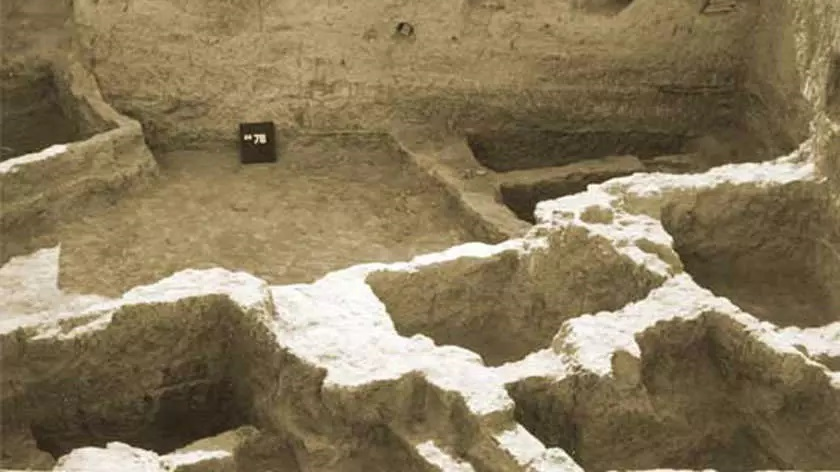
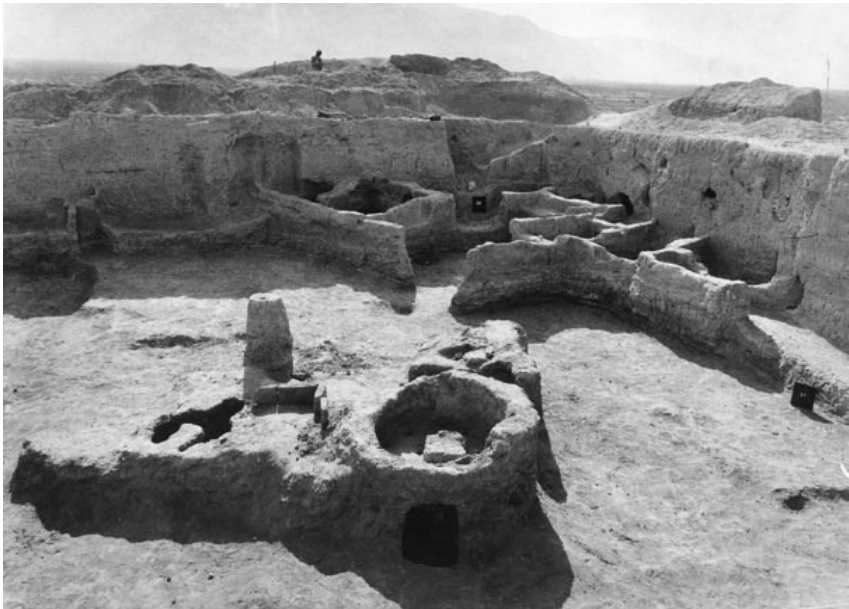


Choose blindless
Red blindless Green blindless Blue blindless Red hard to see Green hard to see Blue hard to see Monochrome Special MonochromeFont size change:
Change word spacing:
Change line height:
Change mouse type:
